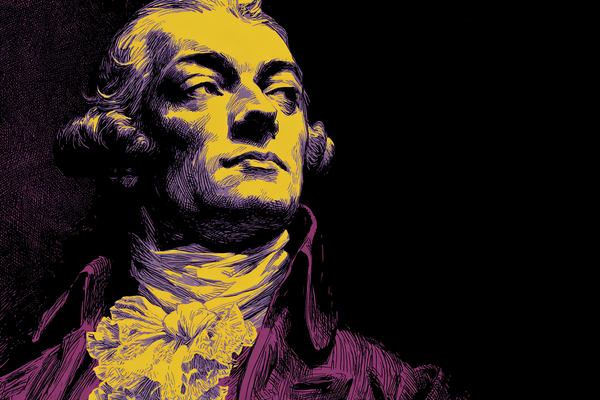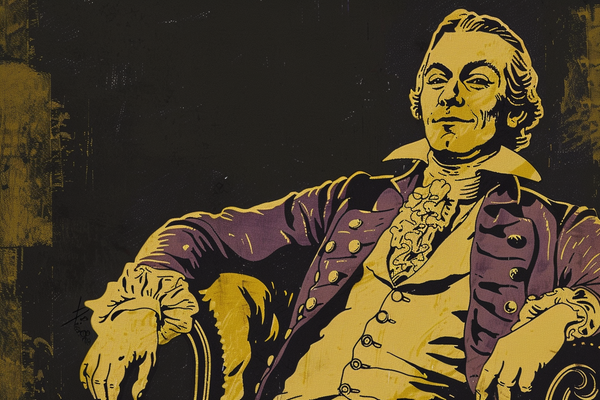The Lady of Secrets: How Isabella Cortese Made Science Go Viral in 1561

In 1561, a slim vernacular handbook rolled off a Venetian press promising “minerali, medicinali, arteficiose & alchimiche”—plus perfumes and beauty arts—“per ogni gran signora.” Its author called herself Isabella Cortese, and her book, I secreti della signora Isabella Cortese (The Secrets of Lady Isabella Cortese), taught readers how to heal, gild, distill, stain, sweeten, dye, and transmute. It was part recipe book, part laboratory manual, part social ladder. And it became a hit. By the end of the century, printers had run multiple editions; late reprints kept appearing into the 1600s, and Cortese’s name was even cataloged among the era’s “professori di secreti”—professional dealers in know-how.
What was a “book of secrets,” and why did it matter?
To sixteenth-century readers, “secrets” meant reliable, proven experiments—procedures that worked. These books democratized the workshop: they moved hands-on knowledge from guilds and learned Latin circles into Italian vernacular print, where curious laypeople—women included—could try things. They also monetized know-how: a good secret could be bartered, sold, or used to cultivate patronage. Scholars of the genre have shown how these manuals blurred lines between household, shop, and laboratory, and how they negotiated a tension between accessibility (print) and exclusivity (guard the best stuff). Cortese’s Secreti sits squarely in this boom.
A voice from the threshold of the lab
Cortese tells us almost nothing about herself outside the pages of the book. But in a dedicatory letter she presents a life of applied experiment and travel. She writes of secrets she brought “from Hungary” and of techniques she has tested herself—a persona equal parts traveler, practitioner, and teacher. The title page promises not just alchemy but the “arte profumatoria” for ladies; inside, woodcut apparatus punctuate instructions. It is as if a woman opened her laboratory notebook for readers who rarely got to see one.
What’s actually in the Secreti?
Open the table of contents and the world spills out: cures “contra peste & veneno,” pills “contra il mal francese” (syphilis), salves for tigna (ringworm), recipes to temper steel or cast and color materials, and domestic arts from stain removal to acqua lucis (“water of light”). Later sections teach belletti (cosmetics), perfumes, and hair dyes. The organization mirrors both a physick handbook and a maker’s manual. Above all, the style is step-by-step—kitchen-table empiricism—so a determined reader can reproduce the effect.
Cortese also offers rules of practice—how to set up, watch your fire, work carefully and (often) alone, keep your workroom private, and keep secrets—a rhetoric that invited women into experimental culture while acknowledging that intimacy and discretion were part of the craft. In one memorable flourish, she even tells readers to destroy the book once they’ve learned its contents—an over-the-top reminder that secrets are valuable precisely because they’re scarce.
A woman’s authority in print—fact, persona, or both?
Cortese’s was the only best-selling “book of secrets” attributed to a woman in Italy at mid-century. That made it a lightning rod for questions of authorship and authority. Some modern scholars read “Isabella Cortese” as a strategic persona—note that Cortese is an anagram of secreto—and suggest a male compiler could have donned a female voice to reach a booming market for women’s knowledge. Others stress how the book explicitly addresses women readers, furnishing them with tools to manage bodies, households, and materials with competence. Either way, the text itself performed something radical: it centered female readership at the threshold of alchemy.
Against the old masters
Cortese claims to have read the canonical authorities—Geber, Ramon Llull, Arnold of Villanova—and she’s famously unimpressed, calling much of it fables and time-wasters compared to what she learned by trying. This blend of reverence (know the canon) and skepticism (test everything) is very much the spirit of the sixteenth-century “secrets” culture: respect tradition, but verify in the furnace and the still.
How big did her book get?
Contemporaries clearly bought and used the Secreti. By 1599 there were seven editions in Italian; printers kept resetting it into the seventeenth century—you can still find Venice reprints from 1625 and 1665, and records of a final 1677 issue. The book’s reach also landed Cortese a cameo in Tommaso Garzoni’s wildly popular encyclopedia of trades, where she appears among the “professori di secreti.” Popularity didn’t require a university or a court: Venice’s presses and a vernacular market did the work.
What Cortese means now
Read today, the Secreti feels like an early maker-movement manifesto. It says: your kitchen can be a lab; women can be experimenters and authors; beauty culture and metallurgy belong in the same toolkit; knowledge circulates in recipes and routines you can teach. It also shows the price of access: to protect value, secrets must be curated, staged, sometimes even theatrically guarded. That paradox—print to share, perform to protect—is the heartbeat of the whole genre.
Cortese’s identity may be elusive, but the cultural work her book performed is clear. It licensed an everyday experimental posture—try this, see what happens—and it did so in a woman’s voice. Whether that voice belonged to an individual named Isabella Cortese or to a savvy composite, the effect was the same: readers learned to distill, to stain, to temper, to heal, to perfume… and to think of experiment as something they could do.





